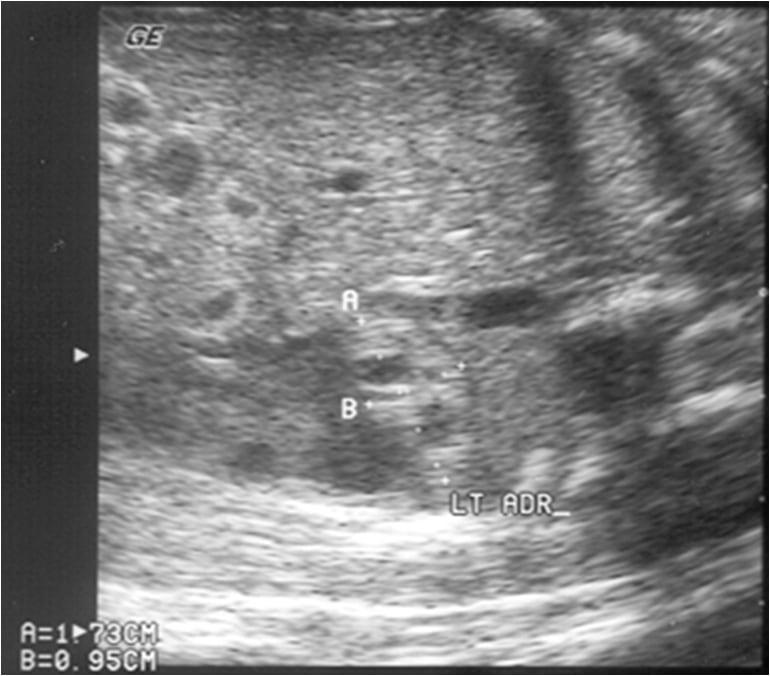
Fetal Bronchopulmonary Sequestration
0% Complete
Course Overview
Bronchopulmonary sequestration is a condition where a portion of lung tissue is separated from the normal bronchopulmonary tree. It is classified into intralobar and extralobar types. These lesions can be fed by abnormal systemic arteries, often from the aorta. Diagnosis is made via ultrasound, with extralobar sequestration typically associated with pleural effusions and other anomalies. Management may involve surgical resection, especially if there is hydrops or pleural effusion. In some cases, a prenatal shunt or laser therapy may be required to manage complications.
Objectives
After completing this activity, the participant will:
Discuss the pathophysiology of an extralobar and intralobar pulmonary bronchopulmonary sequestration.
Understand the differences between an intralobar and extralobar pulmonary sequestration.
Identify the sonographic signs associated with bronchopulmonary sequestration.
Review and be able to delineate the differences between other diagnoses that are frequently confused with a bronchopulmonary sequestration.
Target Audience
Physicians, sonographers, and others who perform and/or interpret ultrasound.
Faculty & Disclosure
Faculty
Lyndon M. Hill, MD
Professor Obstetrics, Gynecology and Reproductive Sciences
Medical Director Ultrasound
Magee-Womens Hospital of UPMC
Disclosure
In compliance with the Essentials and Standards of the ACCME, the author of this CME tutorial is required to disclose any significant financial or other relationships they may have with commercial interests. Dr. Lyndon Hill discloses no relevant financial interests with commercial interests. No one at IAME who had control over the planning or content of this activity has relationships with commercial interests.
In compliance with the Essentials and Standards of the ACCME, the author of this CME tutorial is required to disclose any significant financial or other relationships they may have with commercial interests.
IAME has assessed conflict of interest with its faculty, authors, editors, and any individuals who were in a position to control the content of this CME activity. Any identified relevant conflicts of interest have been mitigated. IAME's planners, content reviewers, and editorial staff disclose no relationships with ineligible entities.
Credits
* AMA PRA Category 1™ credits are used by physicians and other groups like PAs and certain nurses. Category 1 credits are accepted by the ARDMS, CCI, ACCME, and Sonography Canada.
Course Details
Accreditation
The Institute for Advanced Medical Education is accredited by the Accreditation Council for Continuing Medical Education (ACCME) to provide continuing medical education for physicians.
The Institute for Advanced Medical Education designates this enduring material for a maximum of 1 AMA PRA Category 1 Credit™. Physicians should only claim credit commensurate with the extent of their participation in the activity.
Sonographers: These credits are accepted by the American Registry for Diagnostic Medical Sonography (ARDMS), Sonography Canada, Cardiovascular Credentialing International (CCI), and most other organizations.

